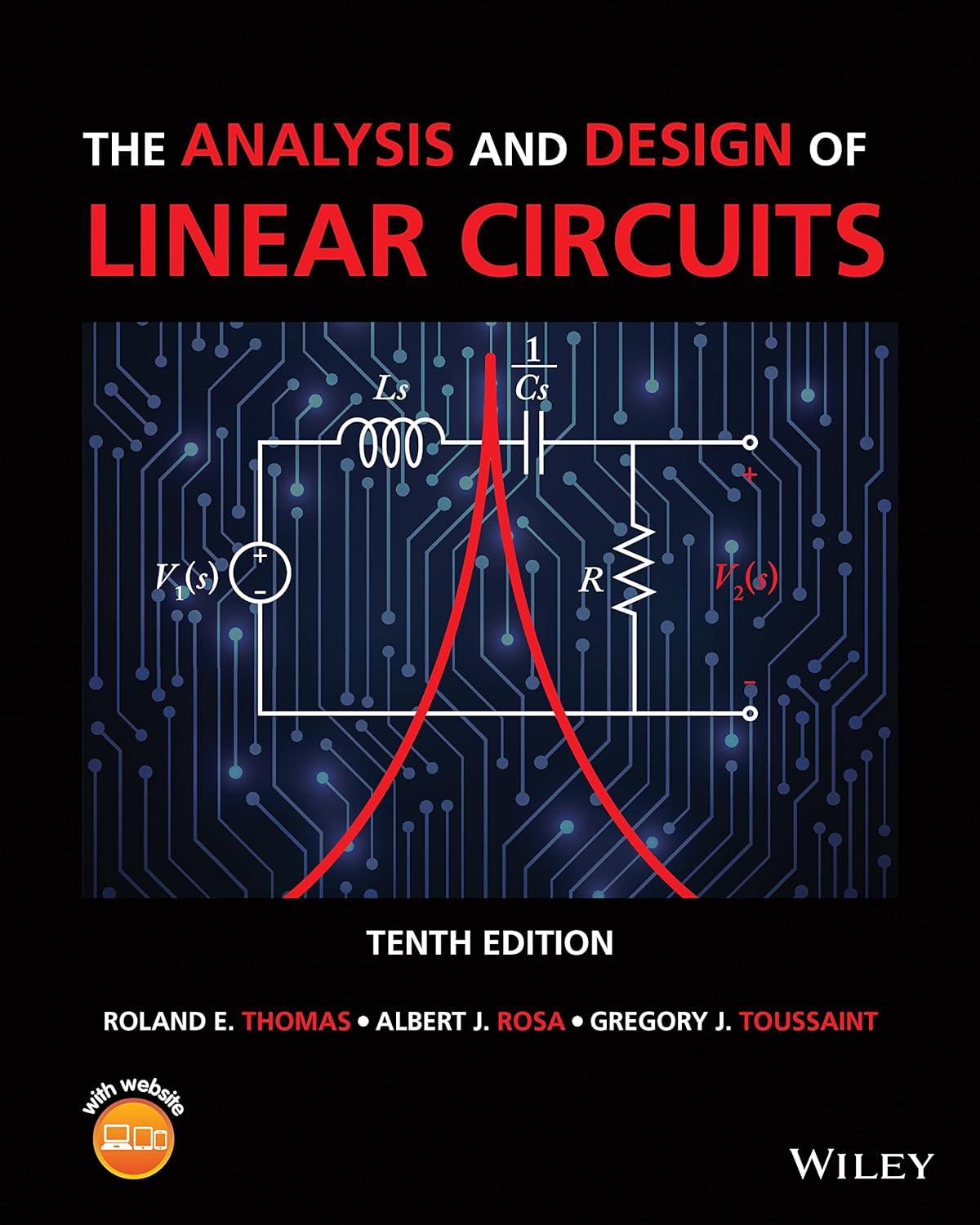Fiber-Optic Versus Cellular Communications Today, (5 mathrm{G}) communications are necessary to deliver high band-widths and high-speed data
Question:
Fiber-Optic Versus Cellular Communications Today, \(5 \mathrm{G}\) communications are necessary to deliver high band-widths and high-speed data to enable streaming of all types of information to control widely distributed items and processes. Recently, cellphone companies have obtained access to a small portion of Cband frequencies between 3.7 and 4.2 GHz. This small portion of the spectrum will only allow one \(1-\mathrm{Gb} / \mathrm{s}\) channel - the currently preferred transmission rate. For years, cable companies have used fiber-optic cables to transmit video and Internet data over many miles. The light used in these cables is in the near infrared and transmits at \(850 \mathrm{~nm}, 1300 \mathrm{~nm}\), or \(1550 \mathrm{~nm}\).
(a) Theoretically, how many 1-Gb/s channels can each wavelength of light carry?
(b) List some advantages and disadvantages of fiber vs cellular communications.
Step by Step Answer:

The Analysis And Design Of Linear Circuits
ISBN: 9781119913023
10th Edition
Authors: Roland E. Thomas, Albert J. Rosa, Gregory J. Toussaint





